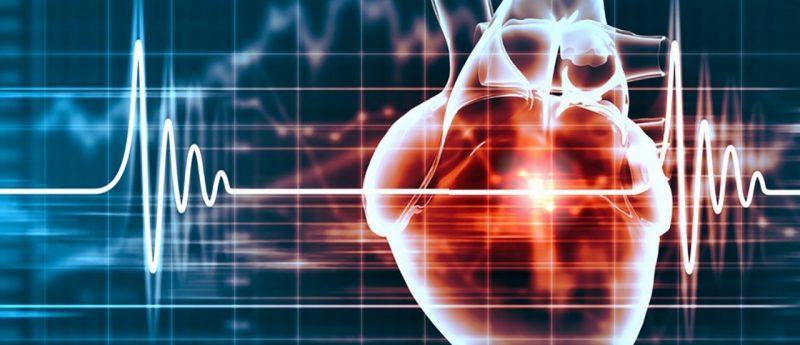Study discovers placental stem cells that can repair the heart after heart attack

Researchers, from the Icahn School of Medicine at Mount Sinai (NY, US), have discovered Cdx2 stem cells derived from the placenta can differentiate into healthy heart cells after heart attacks in animal models. Their findings have been published in the 20 May issue of Proceedings of the National Academy of Sciences (PNAS).
Prior to this study, it was thought that placental stem cells could only generate the placenta in a developing embryo. However, the team from Icahn School of Medicine at Mount Sinai (NY, US) have changed this viewpoint; their previous studies established that placental stem cells could be used to repair heart injuries in female mice. In this they discovered that placental stem cells migrated to the mother’s heart and programmed themselves as cardiomyocytes (beating heart muscle cells) to help the repair process.
This new study aimed to discover which type of stem cell were responsible for making the heart cells regenerate. The researchers started by studying the effects of the Cdx2 cells as they are the most prevalent out of the placental stem cell mix.
To test the regenerative properties of the Cdx2 cells, the researchers induced heart attacks in three groups of male mice. One group received Cdx2 stem cell treatments, the second group received placental cells which did not express Cdx2 and the third group received a saline control. They then used an MRI scanner to analyze the damage caused by the heart attacks in the three groups of mice, and a follow up scan was conducted after three months of treatment to establish how much regeneration had occurred. The results showed that regeneration was limited to only the mice that received the Cdx2 stem cell treatment.
More detailed analysis of the scans established that after three months the stem cells had migrated to the heart injury, triggering the formation of new blood vessels and cardiomyocytes. Their study also identified that the Cdx2 cells are similar to embryonic stem cells as they have all the proteins required to form any organ in the body. In addition to this they have another set of proteins that allow them travel directly to an injury site whilst avoiding the hosts immune response.
“They almost seem like a super-charged population of stem cells, in that they can target the site of an injury and travel directly to the injury site through the circulatory system and are able to avoid rejection by the host immune system,” commented Hina Chaudhry, Director of Cardiovascular Regenerative Medicine at Mount Sinai (NY, USA).
“These properties are critical to the development of a human stem cell treatment strategy, which we have embarked on, as this could be a promising therapy in humans. Therefore, we are now hopeful that we can design a better human stem cell treatment for the heart than we have seen in the past,” concluded Hina.
Sources: Vadakke-Madathil S, LaRoxxa G, Raedschelders K et al. Multipotent fetal-derived Cdx2 cells from placenta regenerate the heart. https://doi.org/10.1073/pnas.1811827116 (2019); https://www.mountsinai.org/about/newsroom/2019/mount-sinai-researchers-discover-placental-stem-cells-that-can-regenerate-the-heart-after-heart-attack